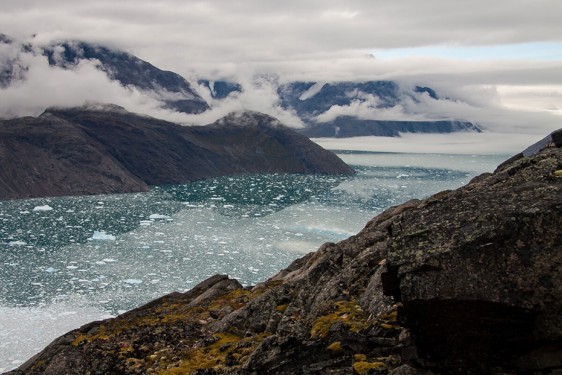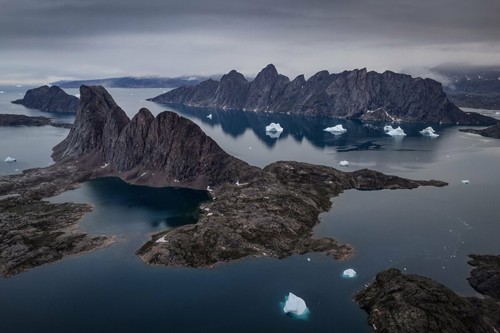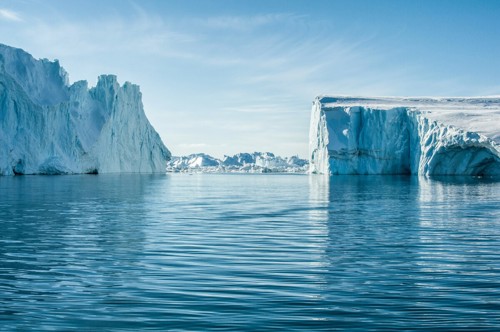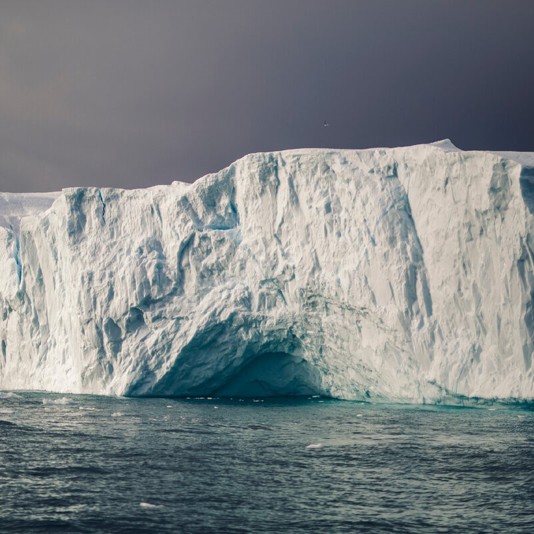14 Oct
2022In 2023, Sea Practice will sail to East Greenland on the Amazone sailboat. Join them if you want to see with your own eyes the real Sermilik fjord of Greenland, centuries-old glaciers, blue icebergs and animals in their natural habitat.
Gigantic, mysterious, silent - the fjords have always been considered one of the most amazing natural objects. While the highest fjords are on everyone's lips, the largest fjord system in the world is in East Greenland. We will talk about them here in this new article, and, in the summer of 2023, the Amazone ship will go to the largest island on the planet as part of an expedition, because the best view of the fjords is, of course, with water in the picture.

What is a fjord?
For many of us, the word "fjord" is associated with Norway, where the most famous fjords in the world are located, and the word itself came from the Norwegian language. However, fjords exist in different parts of the world. They can be seen in North America, New Zealand, Chile, Scotland, Iceland, Russia, Greenland and on some Arctic and Antarctic islands.
Fjords are long narrow, often winding, sea bays with high rocky shores. Such bays were formed many millennia ago as a result of the tectonic activity of the Earth, as well as the activity of glaciers, which, according to the theory put forward in the 19th century by the Danish geologist Jens Esmark, covered large areas of our planet, in particular, most of Northern Europe. Many fjords are quite deep - several hundred meters, and sometimes more than a kilometer, attracting a large number of tourists with their incredible beauty.


Scoresby fjord
Despite the fact that the Norwegian fjords are on everyone's lips, the largest fjord system is in East Greenland. Its total area is comparable in size to the area of Switzerland, which is more than 38 thousand square kilometers. Part of this system is the largest fjord in the world, the Scoresby Fjord. It was discovered in 1822 by the Scottish scientist and navigator William Scoresby, who explored the area and mapped it.

Scoresby Fjord is similar in shape to a huge branching tree. The length of its longest "branch" is about 350 kilometers, and the depth reaches 1450 meters.
The shores of this fjord are home to a large number of animals and birds, the abundance and diversity of which is explained by the fact that there is open water, which does not freeze even in the cold season, and by the presence of quite fertile lands. Among northern animals that you can see here are deer, musk oxen, arctic foxes, lemmings, harp seals and seals. Also during the migration season, colonies of birds arrive here, such as gulls, arctic loons and terns, little auks and others.
Ilulissat Isfjord
On the western coast of Greenland there is a glacial fjord Ilulissat-Isfjord, whose name in Greenlandic means "icebergs", with an area of just over 400 square kilometers. It contains the most active glacier in the Northern Hemisphere, Jakobshavn. More than 35 km³ of ice annually breaks off from it and goes into the fjord and into the ocean. Ilulissat-Isfjord is almost always completely covered in ice. It takes about 12-15 months for pieces of ice that have broken off from the glacier to reach the outlet of Disko Bay and go to the open ocean. It is the only fjord in North America included in the UNESCO World Heritage List.

In 2023, Sea Practice will sail to East Greenland on the Amazone sailboat. Join them if you want to see with your own eyes the real Sermilik fjord of Greenland, centuries-old glaciers, blue icebergs and animals in their natural habitat.

